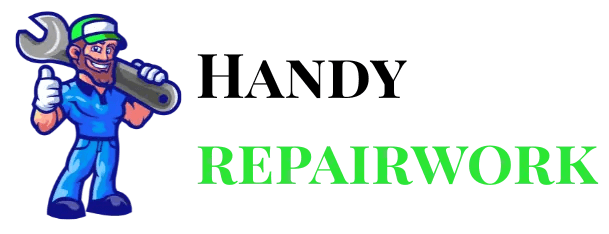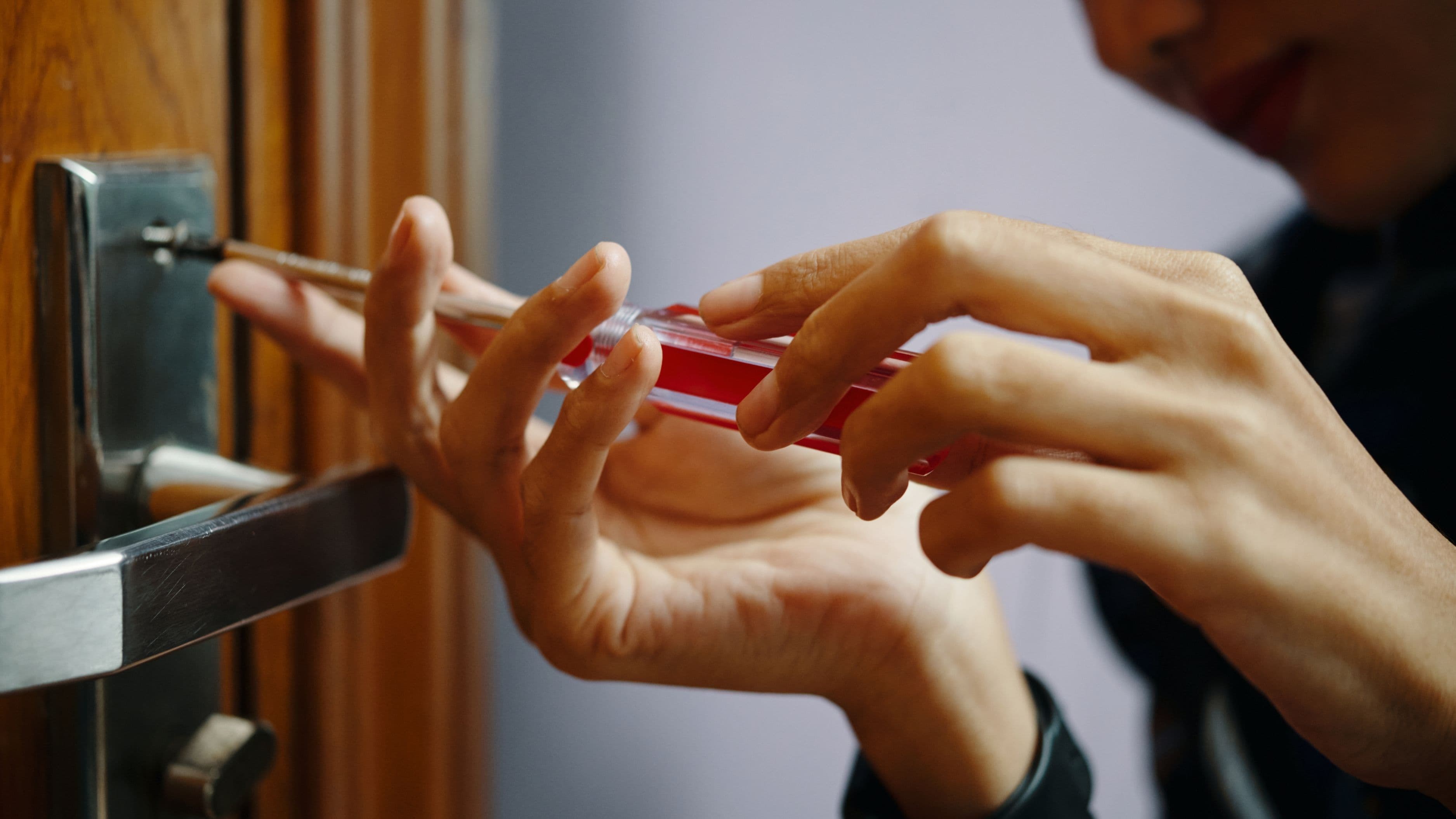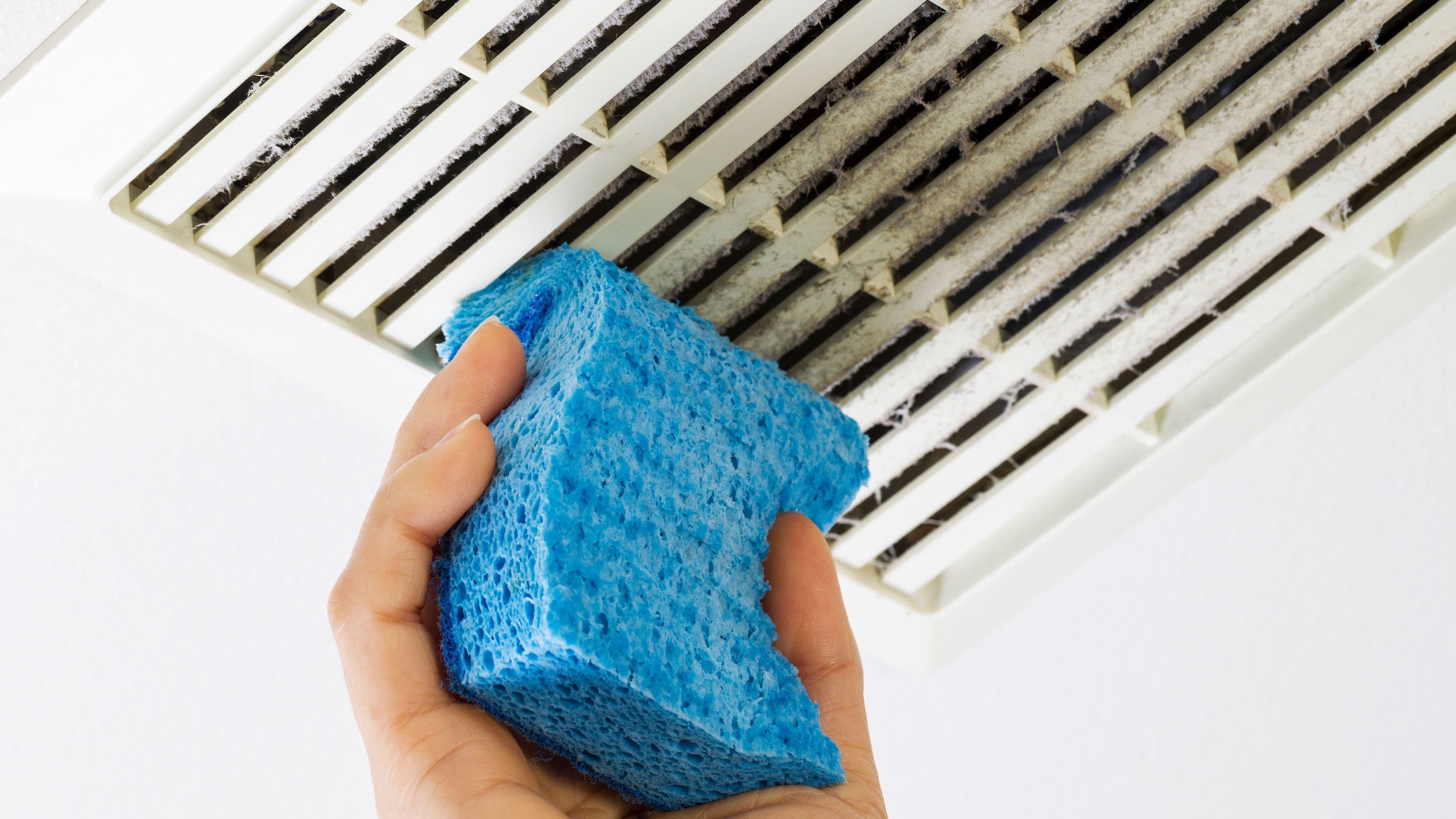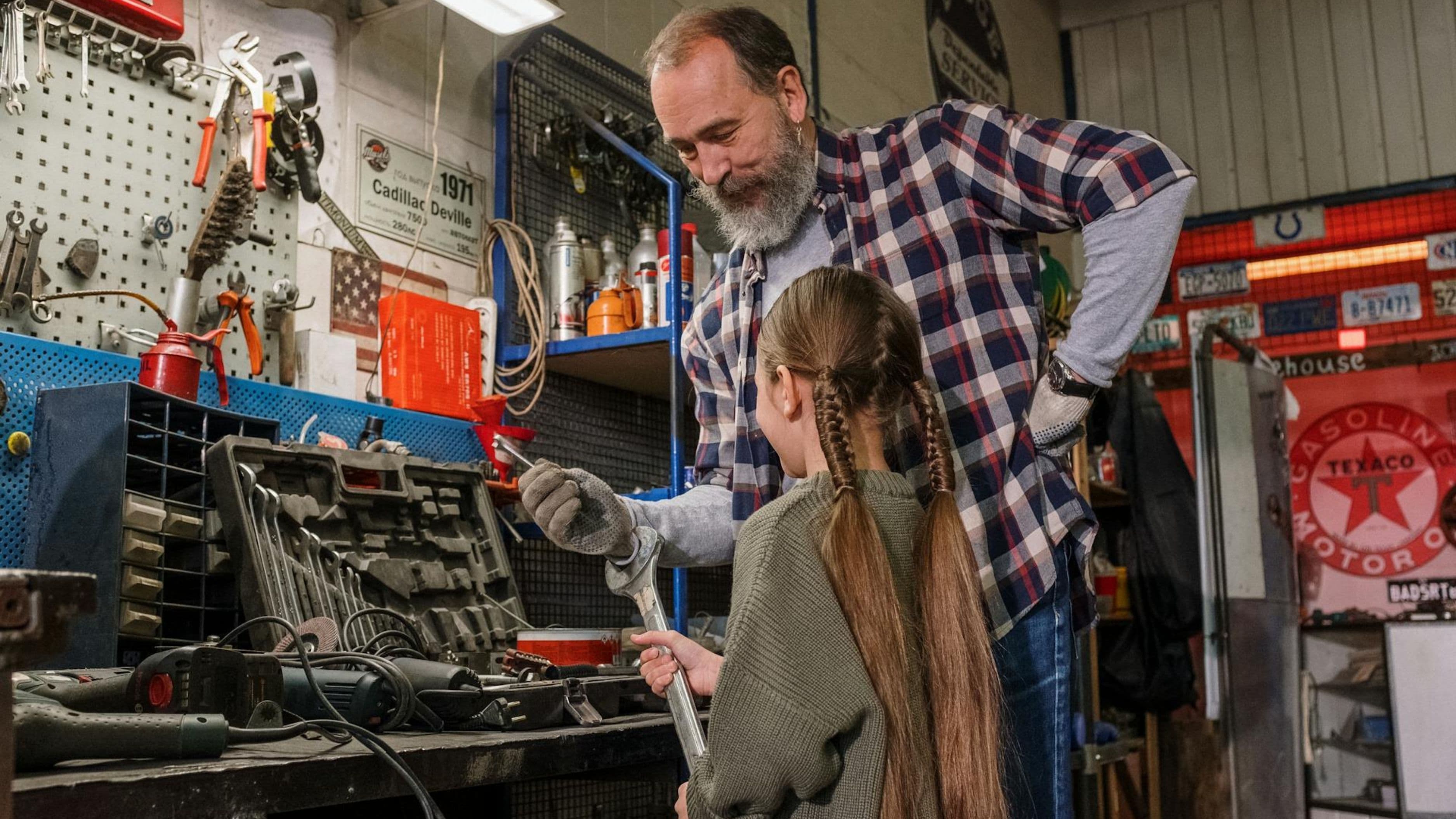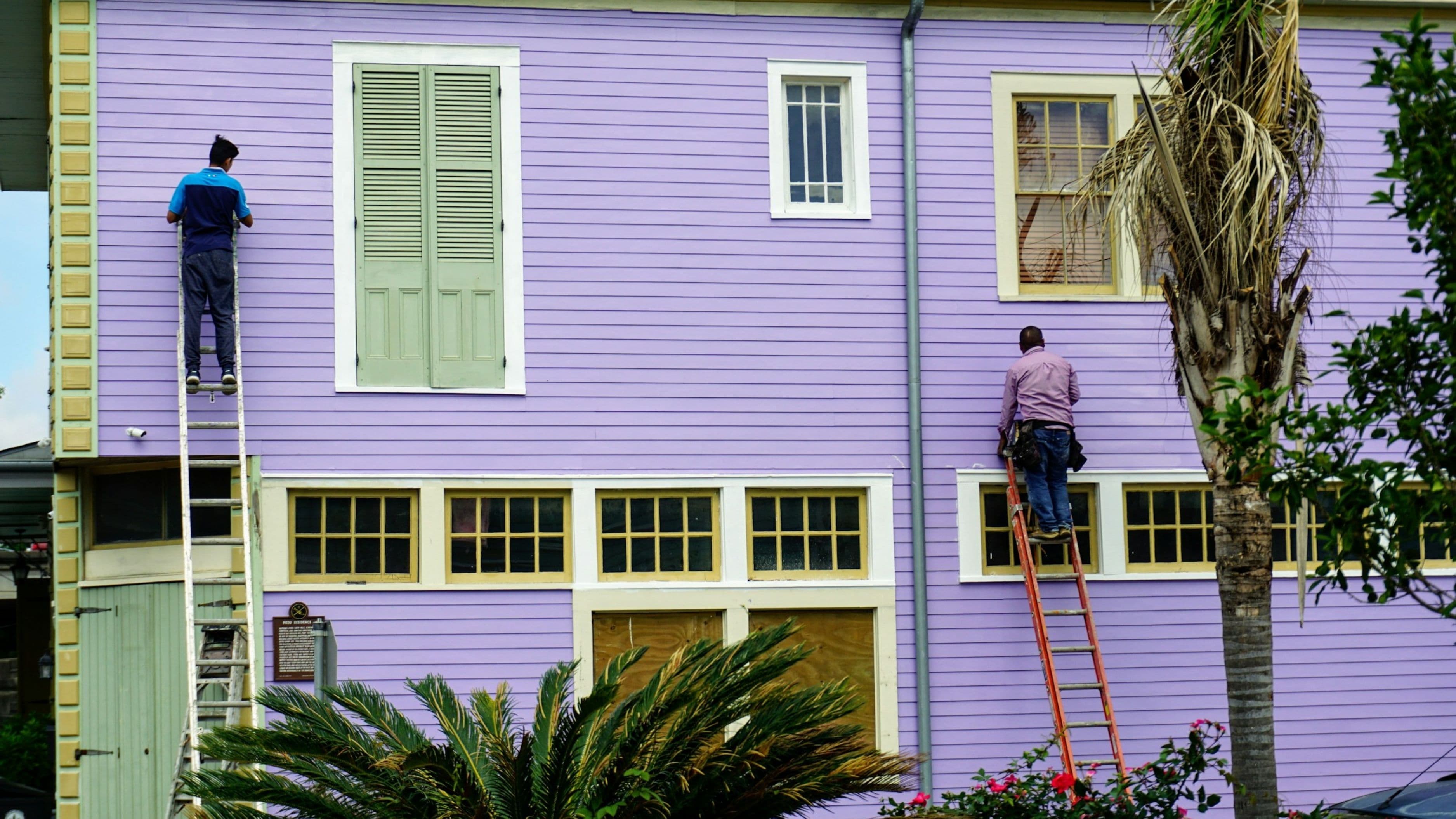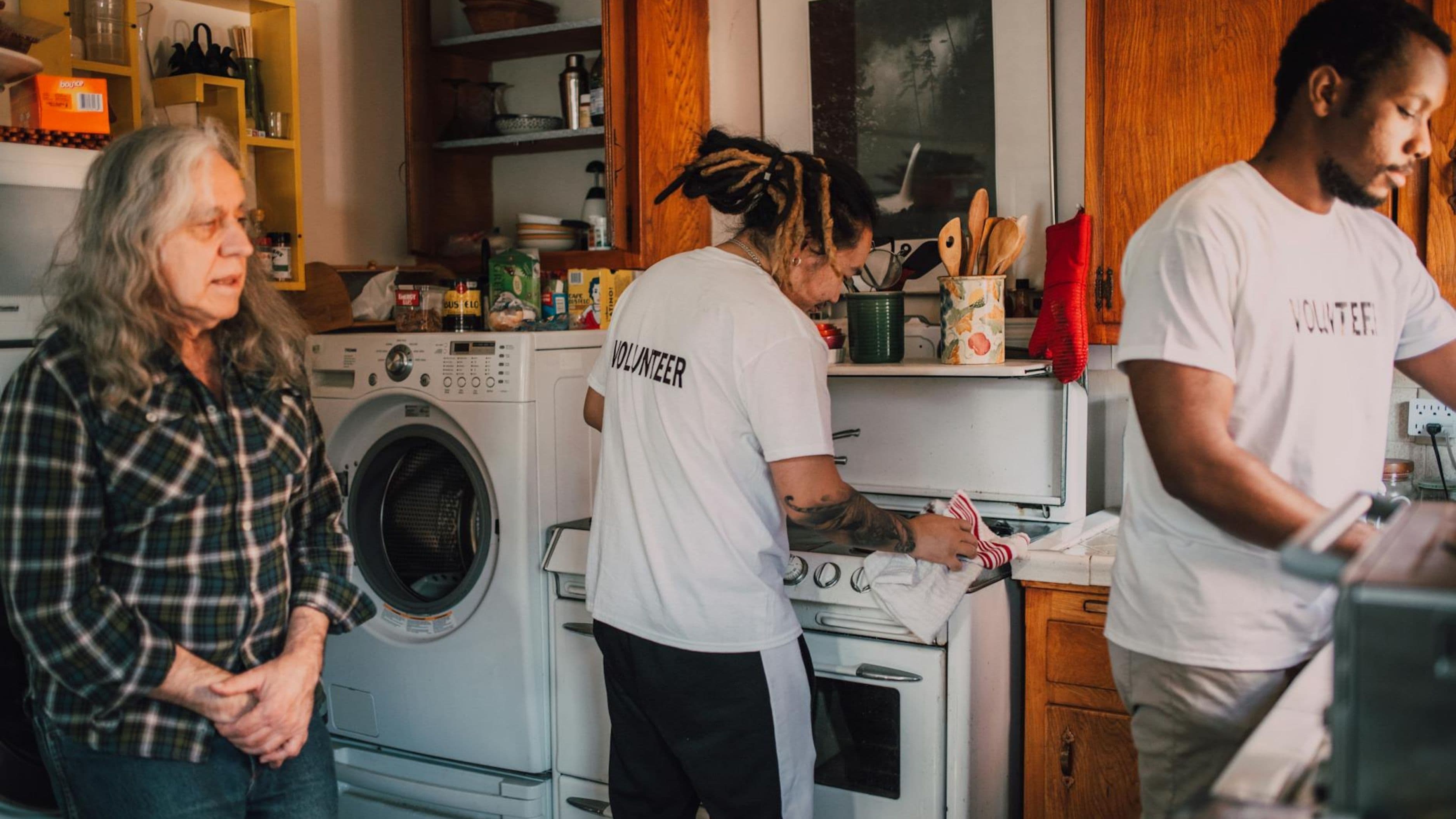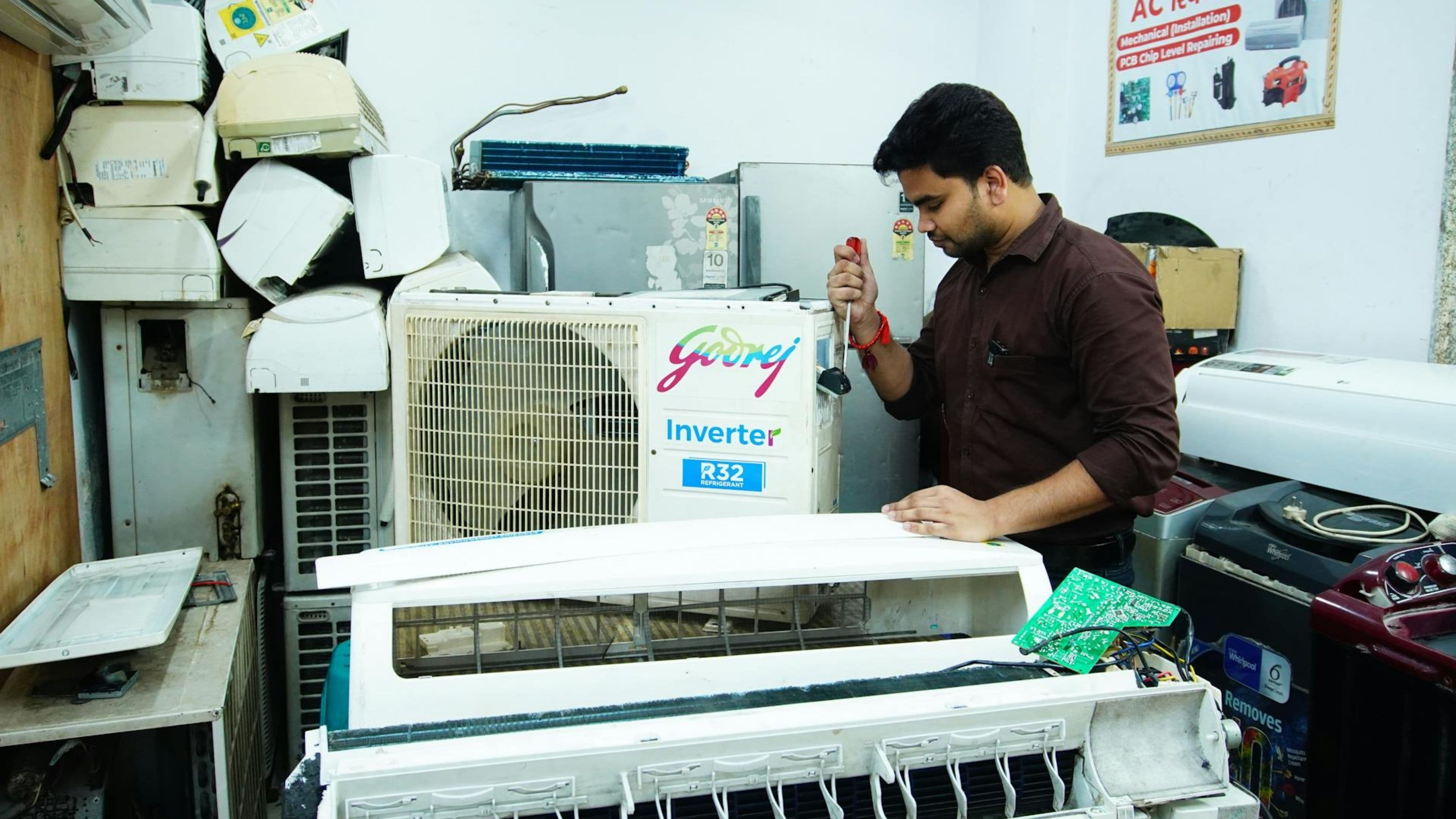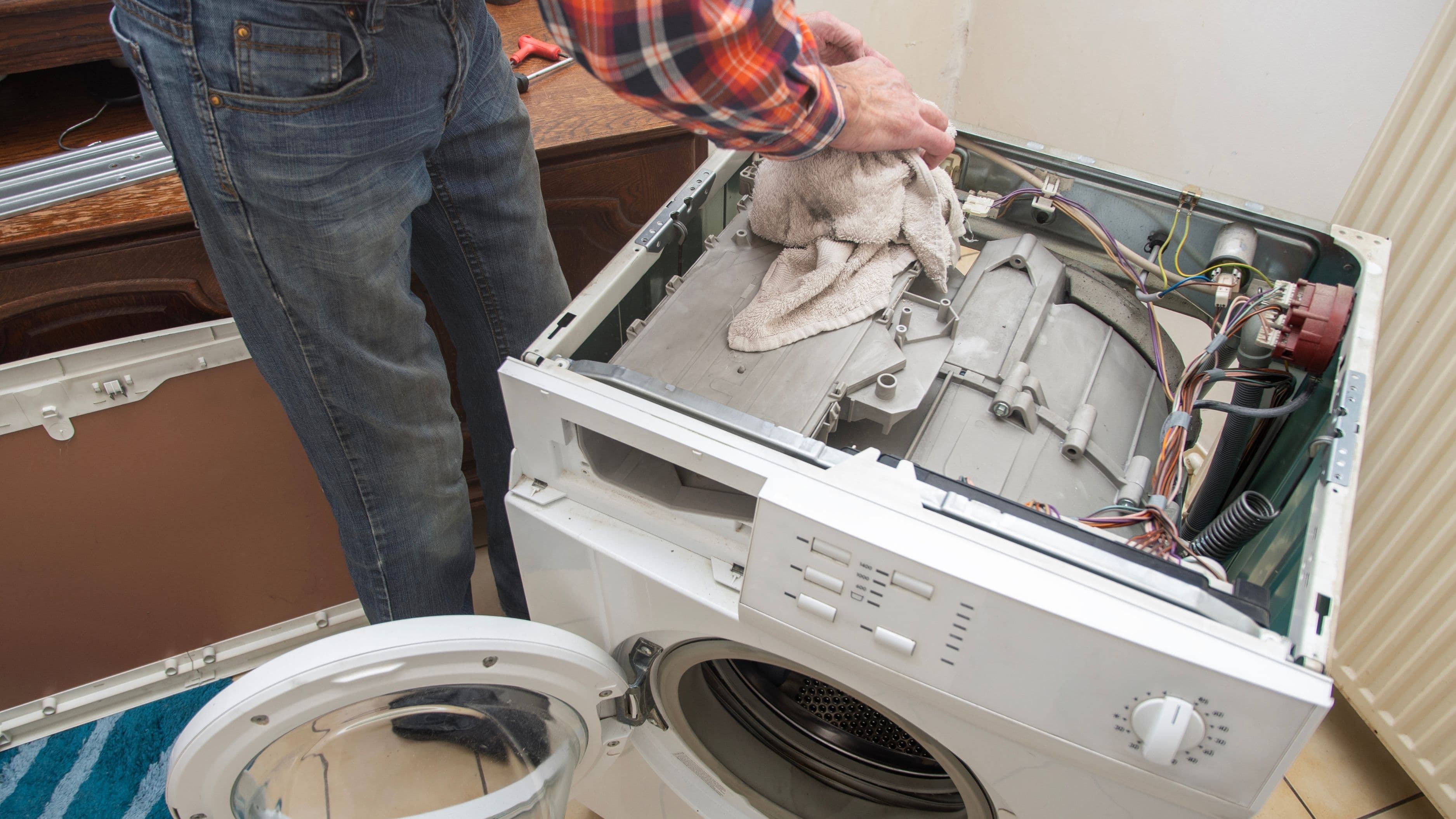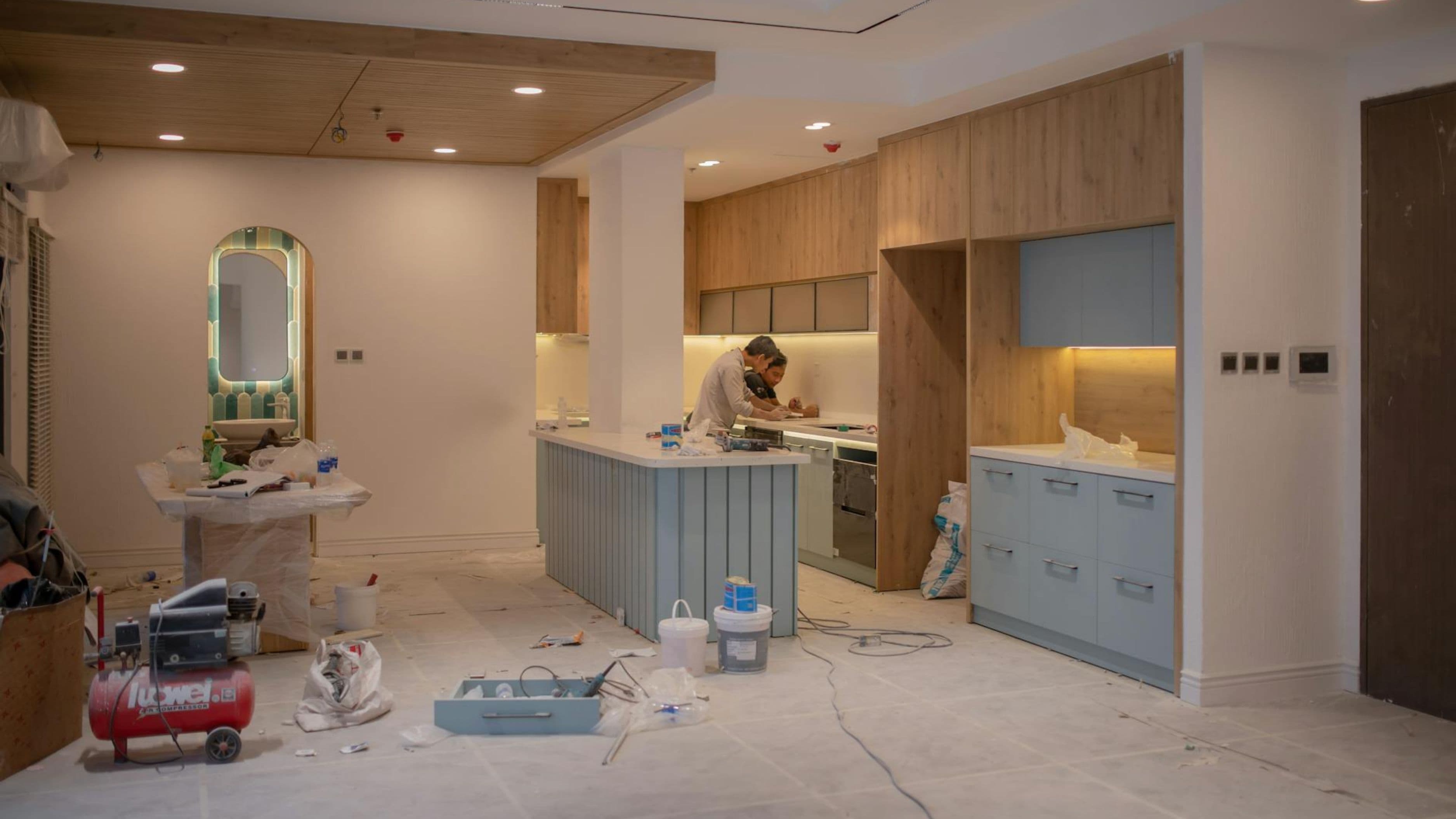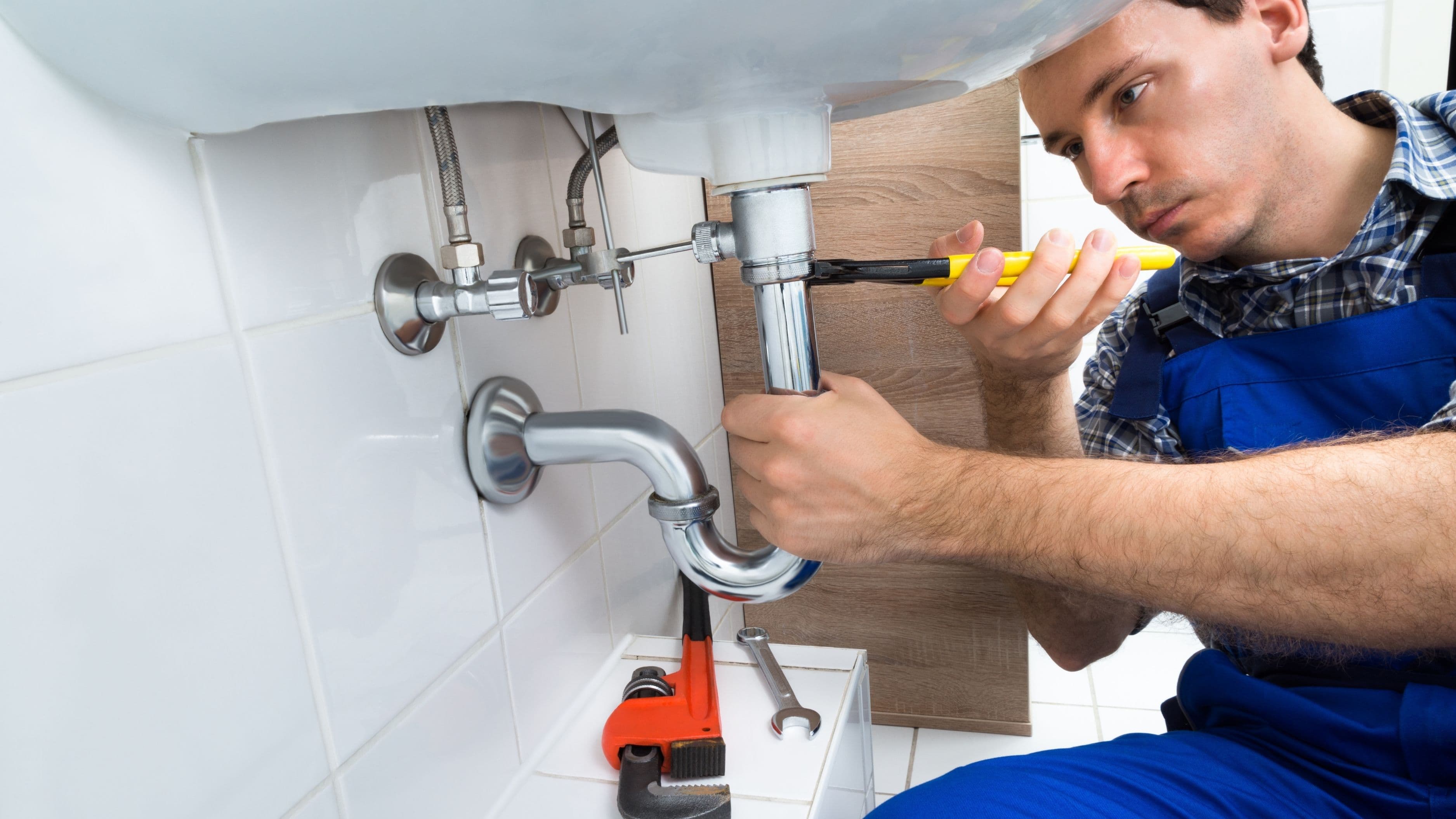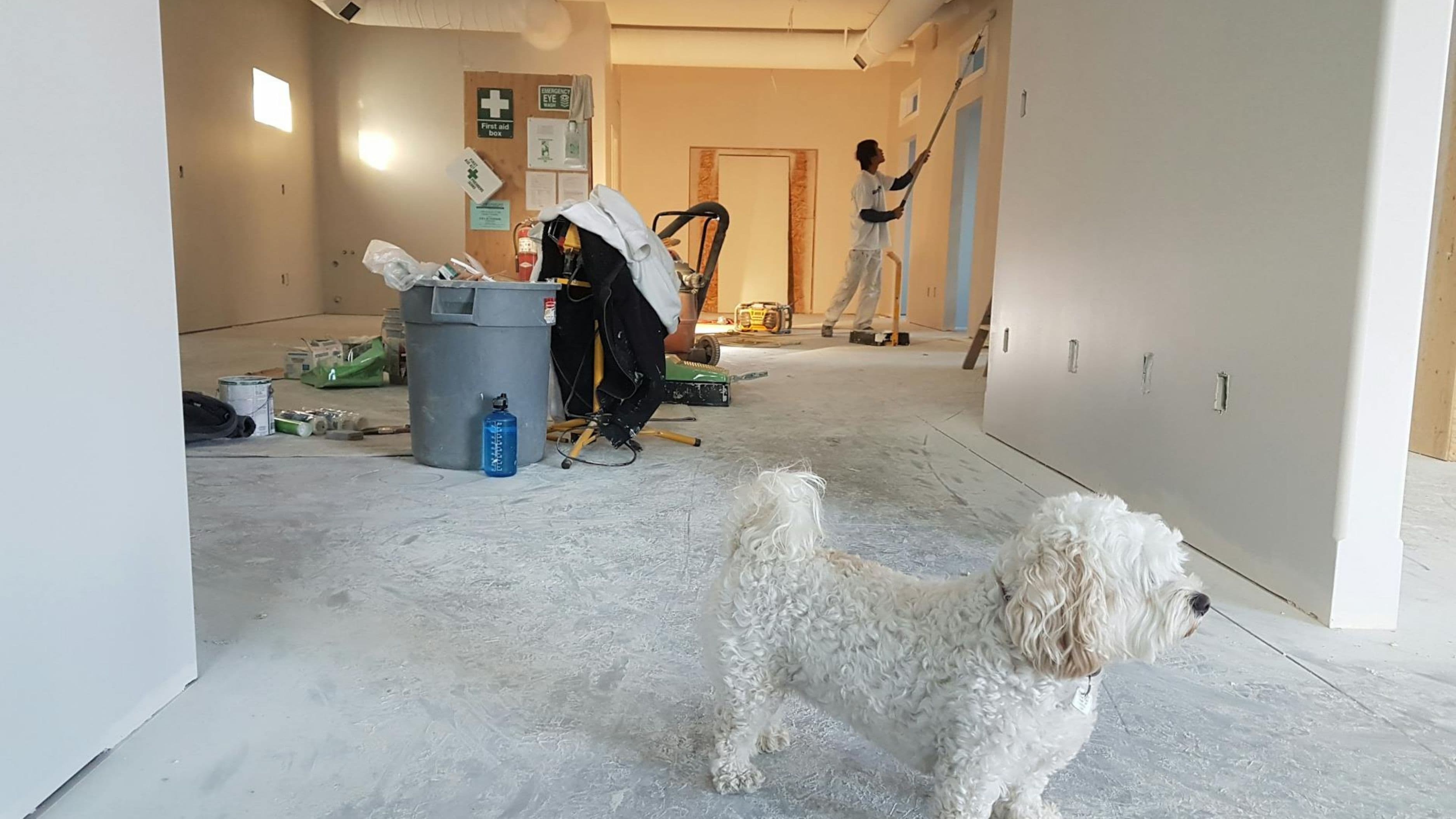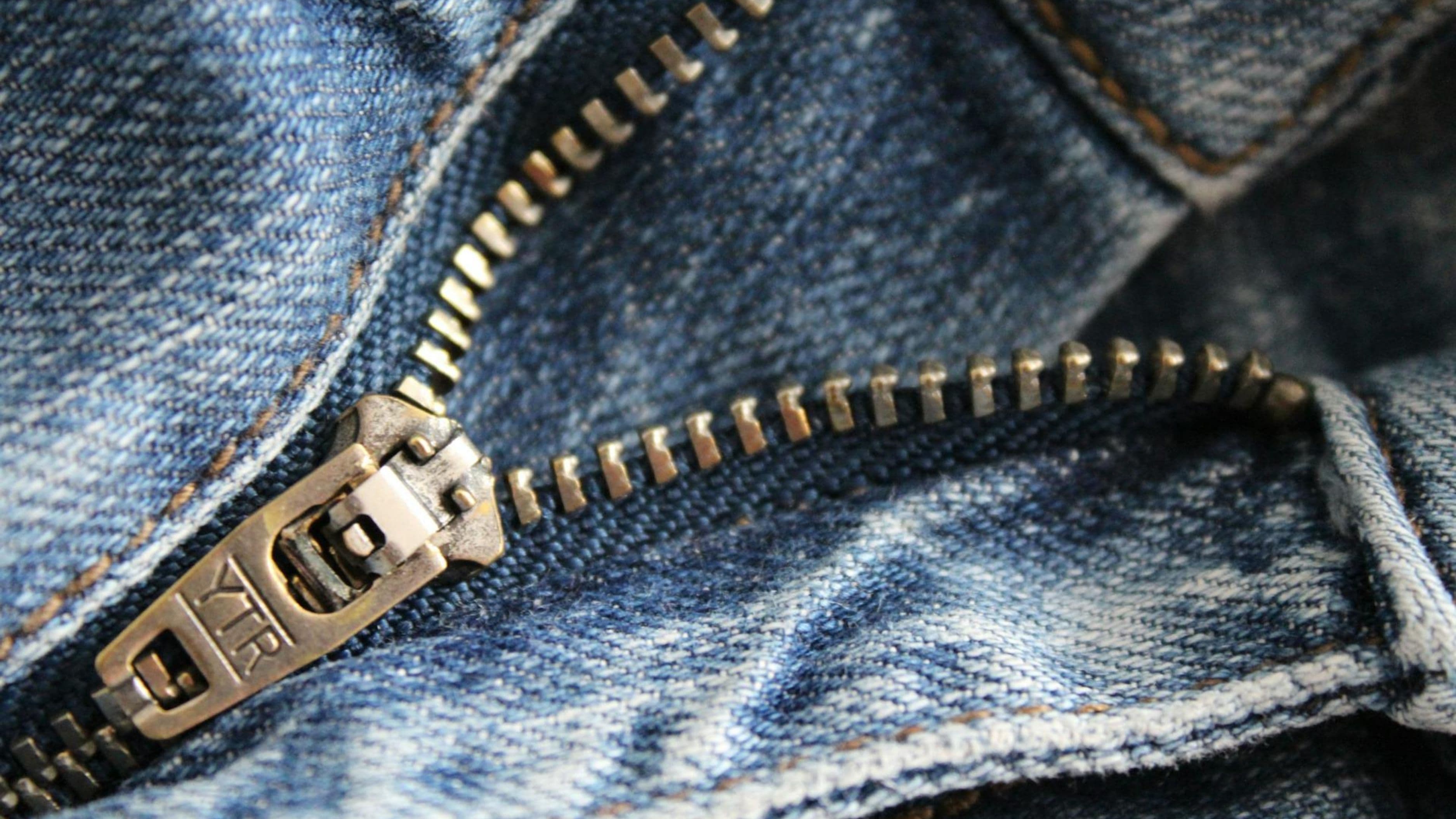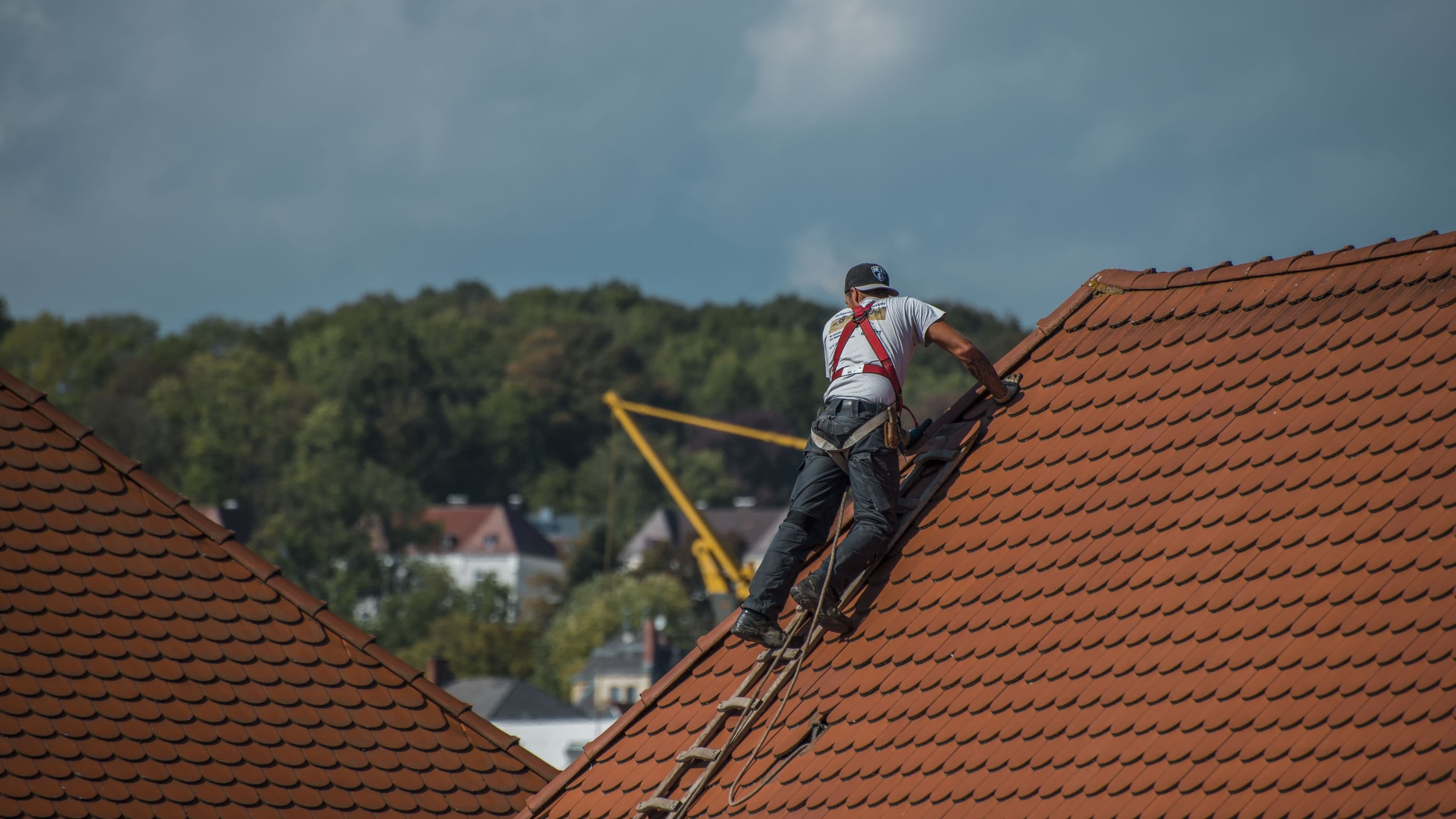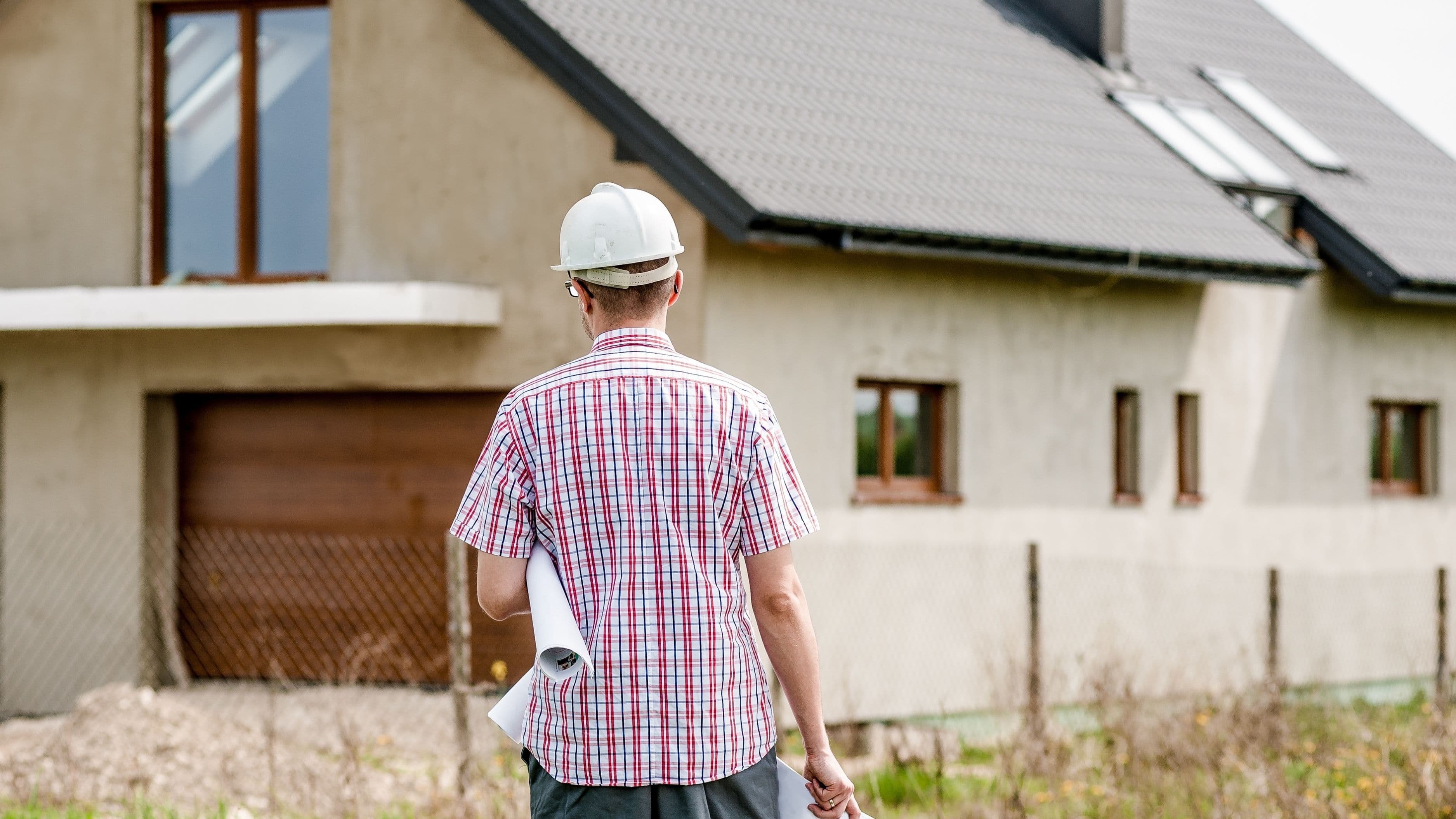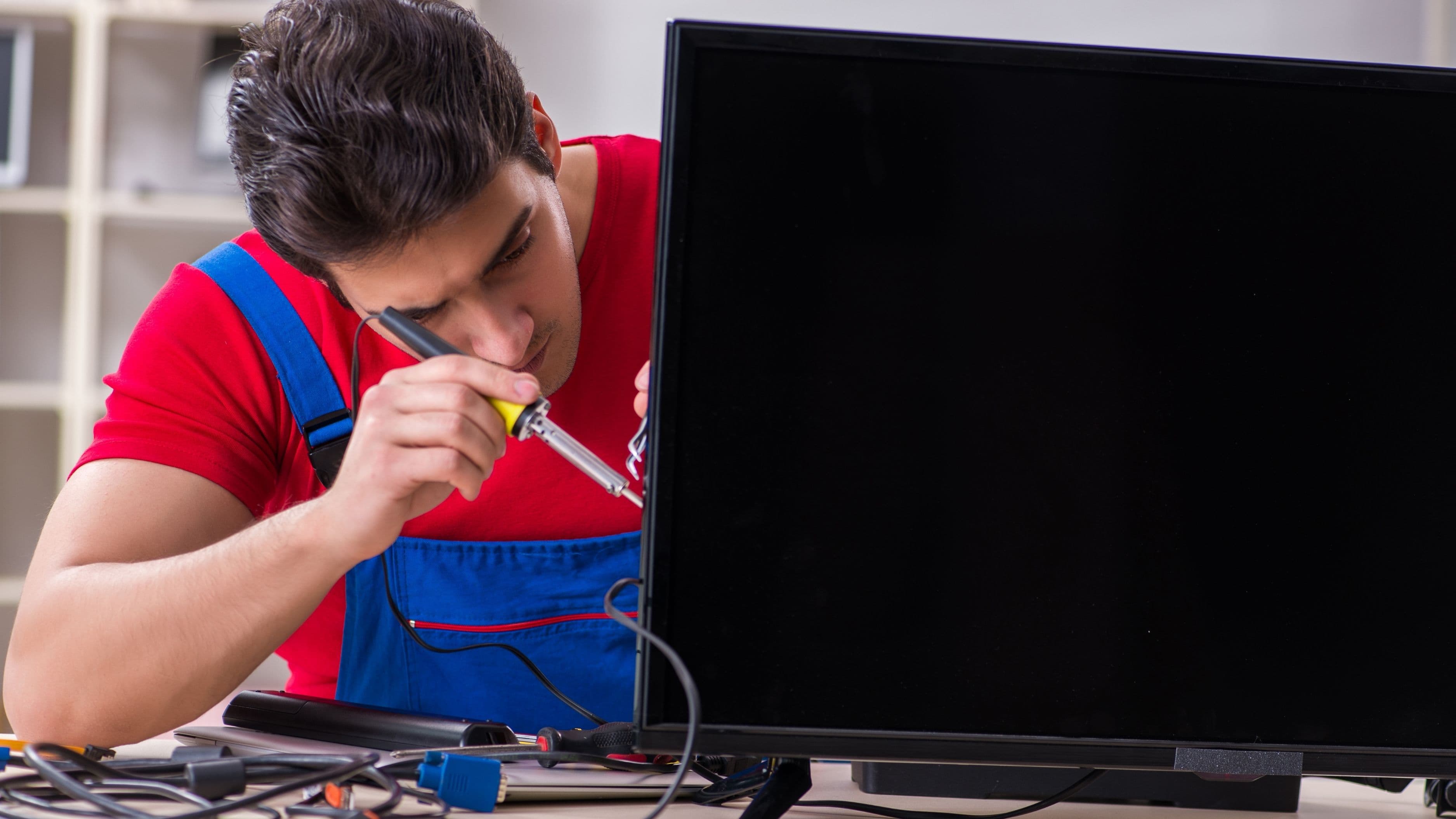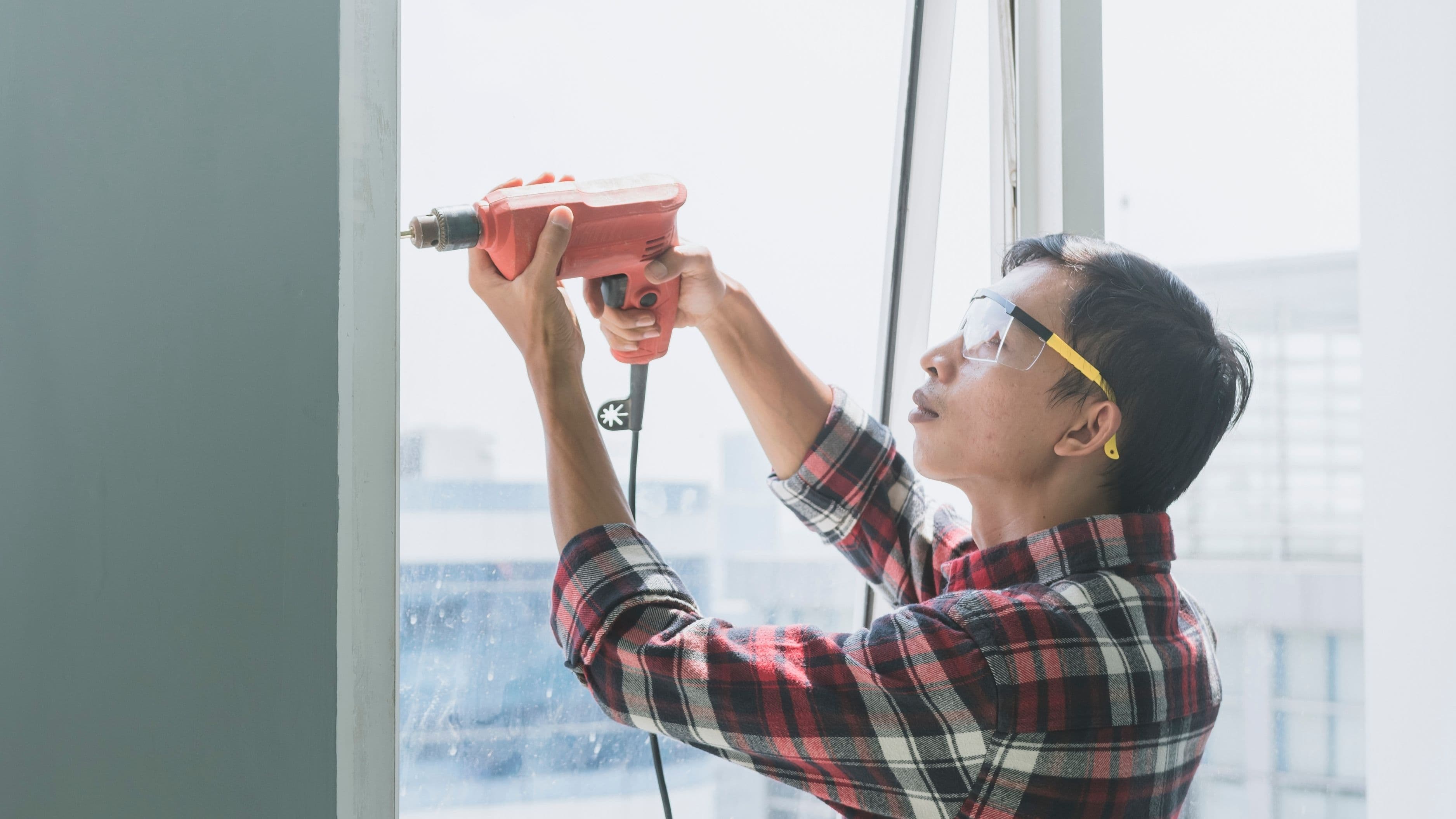The reality is that rental properties don't sleep. Leaky faucets happen at midnight, doorknobs stop working on weekends, and air filters clog themselves during the hottest week of summer. Learning to handle these common issues yourself isn't just about saving money. It's about protecting your investment, reducing tenant turnover, and building the confidence to know when something truly requires professional intervention versus when you can roll up your sleeves and knock it out in an afternoon.
Let's explore the most practical, cost-effective repairs every landlord should learn to tackle independently.
1. Unclogging Drains and Toilets
Every landlord will face this issue multiple times throughout their property management journey. Tenants flush things they shouldn't, hair builds up in shower drains, and kitchen sinks accumulate grease despite everyone's best intentions. Learning to clear basic clogs with a plunger, drain snake, or hand auger can save you emergency plumber fees that often start at $150 just for showing up.
Start with the fundamentals: invest in a quality flange plunger for toilets and a cup plunger for sinks and tubs. For stubborn clogs, a 25-foot drain snake costs around $30 and can handle most blockages that liquid drain cleaners can't touch. The technique matters more than the tool—slow, steady rotations work better than aggressive force, which can damage pipes.
Keep chemical drain cleaners as a last resort rather than your first move. They can corrode older pipes and create hazardous situations if they don't clear the clog completely. Your tenants will appreciate your quick response time when they text you about a backed-up toilet, and you can arrive within the hour instead of waiting for a plumber's next available slot two days later.
2. Patching Drywall and Painting Touch-Ups
Between tenant turnovers, you'll encounter countless nail holes, scuff marks, and the occasional doorknob-sized dent in the drywall. Professional painters charge by the hour or by the room, but these minor repairs take minutes once you know the process. A basic drywall repair kit costs less than $20 and contains everything you need: spackle, putty knife, sandpaper, and patch squares.
The secret to invisible repairs lies in the sanding and paint matching. Fill holes with spackle, let them dry completely, then sand smooth until your finger can't detect the repair. For larger holes, use mesh tape and joint compound in thin layers, allowing each coat to dry before adding the next. This patience pays off in seamless results that don't require repainting entire walls.
Keep paint samples from every room labeled with their locations and sheen types. Touch-up painting only works when the color matches exactly, and even "white" comes in dozens of variations. A quick touch-up can extend the time between full repaints, saving you hundreds per unit annually.
3. Replacing Faucet Aerators and Showerheads
Low water pressure complaints rank among the most common tenant concerns, and nine times out of ten, the culprit is mineral buildup in the aerator or showerhead. These $5 to $15 parts take five minutes to replace and require nothing more than adjustable pliers and possibly some thread seal tape. You'll look like a maintenance wizard when you solve a "major problem" in less time than it takes to schedule a plumber.
Aerators screw off the end of faucets counterclockwise—sometimes they're stuck from years of mineral deposits, but a little vinegar soak or gentle pressure with pliers usually does the trick. Showerheads are equally straightforward: turn counterclockwise to remove, wrap the threads of the new one with plumber's tape, and hand-tighten it back on. The transformation in water flow will make your tenants think you installed entirely new fixtures.
Stock a few extra aerators and basic showerheads in your maintenance supplies. When a tenant reports weak water pressure, you can swing by, make the swap, and have them singing your praises within minutes. This simple fix prevents small annoyances from becoming reasons tenants don't renew their leases.
4. Fixing Running Toilets and Replacing Flappers
A running toilet can waste up to 200 gallons of water per day, inflating utility bills whether you or your tenant pays them. The usual suspect is a worn-out flapper—that rubber stopper at the bottom of the tank that costs about $5 and takes ten minutes to replace. Learning this repair prevents water waste, reduces complaints, and demonstrates your commitment to maintaining the property efficiently.
Open the tank lid and watch the mechanics: when you flush, the flapper lifts to release water, then settles back down to seal the tank. If water continues trickling into the bowl, the flapper isn't sealing properly. Turn off the water supply valve behind the toilet, flush to empty the tank, unhook the old flapper from the chain and overflow tube, and snap the new one in place. Adjust the chain length so it has just a little slack when the flapper is closed.
Sometimes the issue is a misaligned float or fill valve rather than the flapper itself. Spend an hour on YouTube watching toilet repair tutorials, and you'll understand the entire system well enough to diagnose most problems. This knowledge transforms you from someone who calls plumbers for every toilet issue into someone who only calls them for actual plumbing failures.
5. Changing HVAC Filters
Dirty air filters are silent destroyers of HVAC systems, reducing efficiency by up to 15% and potentially causing thousand-dollar compressor failures. Yet changing them is literally as simple as sliding out the old one and sliding in a new one. Filters cost $5 to $15 each depending on quality, and the task takes less than two minutes per unit.
Establish a regular filter replacement schedule—every three months minimum, monthly if you have tenants with pets. Take photos of each unit's filter size and location when you first acquire the property, so you can buy the right replacements in bulk. This proactive approach prevents emergency HVAC service calls during the peak of summer or winter when technicians charge premium rates.
Teach your tenants where their filters are located and how to check them between your scheduled replacements. Some landlords even provide filters to tenants with instructions to change them monthly, though enforcement becomes the challenge. Either way, this simple maintenance task protects one of your most expensive systems from preventable damage.
6. Replacing Light Fixtures and Ceiling Fans
Outdated or broken light fixtures make properties feel neglected and dated, while functional ceiling fans can reduce cooling costs significantly. Basic fixture replacement requires only a screwdriver, wire nuts, and attention to safety—turn off the breaker, not just the switch. Modern LED fixtures cost less than ever and can update a room's entire appearance for under $50.
The wiring is simpler than it looks: black wire to black (hot), white to white (neutral), and green or bare copper to the ground. Wire nuts twist on to secure connections, and most fixtures come with detailed instructions. If you're uncomfortable with electrical work, this is where you draw your line and call a professional. However, for landlords willing to learn, this skill opens up affordable property improvements that impress prospective tenants.
Ceiling fans follow the same basic principles but require attention to proper mounting and balance. A wobbling fan indicates improper installation or an unbalanced blade, both of which you can correct. Replacing a dated brass fan with a modern fixture immediately updates a room's aesthetic and functionality.
7. Caulking Tubs, Showers, and Sinks
That black mold creeping along your bathtub edge isn't just ugly—it's a sign that water is getting where it shouldn't, potentially causing hidden damage to subfloors and walls. Re-caulking is tedious but essential maintenance that prevents expensive water damage. A caulk gun costs about $5, tubes of waterproof caulk run $3 to $5 each, and the skill develops with practice.
The key is thorough preparation: remove all old caulk with a utility knife or caulk removal tool, clean the surface with rubbing alcohol, and ensure everything is completely dry. Apply the new caulk in a continuous bead, then smooth it with a wet finger or caulk tool before it skins over. Quality caulk jobs last years; rushed ones fail within months.
Schedule caulk inspections during tenant turnovers and address any issues before new tenants move in. This preventive maintenance takes an hour per bathroom but can save you from discovering rotted subfloors that cost thousands to repair. Your attention to these details protects your investment's structural integrity.
8. Replacing Door Hardware and Locks
Sticky doorknobs, loose hinges, and key-related lock issues are constant companions in rental property management. Learning to replace door hardware and re-key locks gives you control over security and functionality without waiting for a locksmith's schedule. A basic doorknob replacement kit costs $15 to $40, and installation takes about 30 minutes once you've done it a few times.
Most modern locks use standardized measurements, making replacements straightforward. Remove the interior and exterior knobs by unscrewing them, take out the latch mechanism from the door's edge, and reverse the process with the new hardware. For lever-style handles that meet ADA accessibility requirements, the process is identical. Keep the old hardware as backups for matching sets throughout the property.
Re-keying locks between tenants protects both you and your new occupants. You can hire a locksmith to do this, or invest in a re-keying kit for $20 to $40 and learn the process yourself. Some landlords use smart locks with programmable codes, eliminating physical key management entirely. Whatever your approach, controlling access to your property is a fundamental landlord responsibility.
9. Basic Appliance Troubleshooting
You don't need to become an appliance repair technician, but learning to diagnose common problems saves you from unnecessary service calls. Many appliance "failures" are actually simple fixes: tripped breakers, clogged vents, or settings accidentally changed by tenants. Before calling a repair service, spend fifteen minutes with the owner's manual and basic troubleshooting steps.
Dryers that won't heat often just need their lint trap housing cleaned or external vent unclogged. Refrigerators that won't cool might have dirty condenser coils underneath that need vacuuming. Dishwashers that won't drain could have food debris blocking the filter at the bottom. These five-minute fixes prevent $150 service call fees for problems that don't require actual repairs.
Keep digital copies of all appliance manuals in a dedicated folder on your phone or computer. When a tenant calls about a malfunctioning appliance, you can walk them through basic troubleshooting or know exactly what to check when you arrive. This knowledge helps you distinguish between tenant error, simple maintenance, and legitimate appliance failure requiring professional service.
10. Weatherstripping and Draft Prevention
Energy efficiency directly impacts your bottom line, whether you pay utilities or your tenants' comfort affects lease renewals. Weatherstripping around doors and windows costs just a few dollars per opening but can significantly reduce heating and cooling costs. The application is simple: clean the surface, measure and cut the weatherstripping to length, remove the adhesive backing, and press firmly into place.
Check weatherstripping annually and replace it when it becomes compressed, cracked, or detached. Door sweeps prevent drafts under exterior doors and cost about $10 each. These small investments pay for themselves within months through reduced energy consumption and improved tenant comfort. You'll notice the difference immediately when standing near a properly sealed door versus a drafty one.
Window film is another DIY energy improvement you can tackle with just scissors and a spray bottle. Applied to the interior of windows during winter, it creates an insulating air pocket that reduces heat loss. During turnovers, dedicate an afternoon to weatherproofing improvements—future tenants won't notice them directly, but they'll appreciate the comfortable, energy-efficient space.
When to Call a Professional
Knowing your limits is just as important as knowing your skills. Electrical work beyond basic fixture replacement, gas line issues, major plumbing repairs, roofing problems, and anything involving structural modifications require licensed professionals. Some repairs carry legal liability if done incorrectly, and insurance may not cover damage from unlicensed work.
Additionally, some jurisdictions require licensed contractors for certain repairs even if you're capable of doing the work yourself. Research your local regulations and maintain relationships with reliable professionals for jobs outside your skillset. The money you save on DIY repairs gives you budget flexibility to hire experts when truly needed.
Building Your Landlord Toolkit
Start with these essentials: a quality cordless drill, adjustable pliers, pipe wrench, basic screwdriver set, utility knife, caulk gun, tape measure, level, and a headlamp for working in dark spaces. Add specialized tools as you encounter specific repairs. A well-organized toolkit that travels with you to properties saves time and reduces frustration when addressing tenant issues.
Consider keeping duplicate supplies of commonly replaced items: faucet aerators, toilet flappers, HVAC filters, light bulbs, and various screws and anchors. Your vehicle becomes a mobile maintenance station, enabling you to handle many issues during a single visit rather than making multiple trips. This efficiency impresses tenants and makes property management less disruptive to your schedule.
The Bigger Picture
Learning these essential repairs transforms you from a property owner into a property manager who truly understands their investment. Each skill you master reduces your dependence on contractors, shortens response times for tenant concerns, and increases your profit margins. More importantly, you develop the judgment to recognize which problems you can handle and which require professional expertise.
Your rental properties are more than just income streams—they're mechanical systems requiring regular attention and care. The landlords who thrive in this business aren't necessarily the ones with the most properties or the highest rents. They're the ones who can efficiently maintain what they own, keep good tenants happy, and protect their investments from the small problems that become expensive disasters when ignored.
What repair will you learn first? The wrench is in your hands, and the knowledge is just a YouTube tutorial away. Your future self—and your bank account—will thank you for every hour you invest in becoming a more capable, self-sufficient property owner.
📚 Sources
1. National Association of Residential Property Managers (NARPM) - 2024 Property Management Maintenance Cost Survey
2. U.S. Environmental Protection Agency (EPA) - WaterSense Program Statistics on Toilet Water Waste
3. U.S. Department of Energy - Energy Efficiency and HVAC Filter Maintenance Guidelines
🔍 Explore Related Topics
